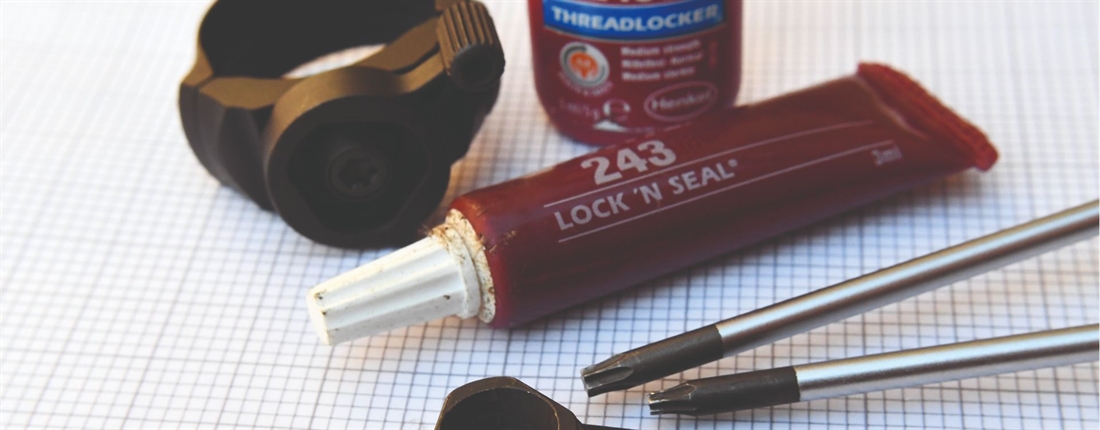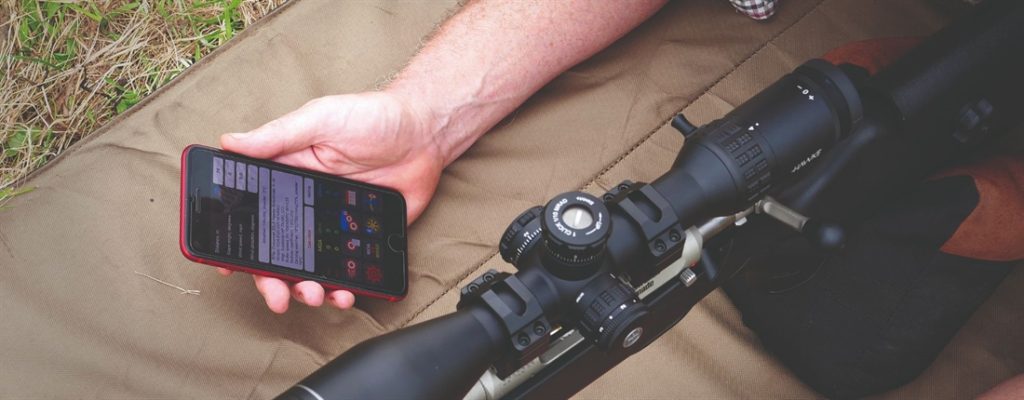Threadlock – good or bad?

Q: I have just bought a Picatinny rail and have been advised that I should bond it to my rifle. This seems rather drastic and I would be interested to hear any thoughts the experts here may have. Won’t the supplied screws be enough?
A: Opinions will vary widely on this topic. Many gunsmiths and rifle builders will damn you for eternity if you use any threadlock and I understand why. If its presence is unknown it can be a nightmare to remove small fixtures and fittings, whereas if it had been known about, it would have been a simple matter of applying some heat to weaken the bond first.
Proceed with caution. The first rule is to know what you are using, and the second rule is don’t use it until you know what to expect from the flow and viscosity as it is applied. Tiny fasteners (smaller than T15 Torx) in scope mounts and specifically Picatinny rails are hard to apply correctly measured torque to, and if they do get stuck it’s very easy to round off the heads. It’s then a lot more work to remove them . I tend to use a few dots of Loctite 243 on Picatinny rails or bases and their fittings for rifles but I always need to remove them. Although Loctite 243 is removable, I consider it semipermanent and accept the risks of what I’m doing. A tiny amount goes a very long way. Loctite 222 or ‘purple’ is a weaker compound and screws fixed with it can generally be removed easily just with normal hand tools.
Threadlock can also be used as a lubricant to smooth the tightening of a screw to the correct torque levels. This is useful when you want to apply it uniformly with a six-hour window for it to gum up. That gives you plenty of time to nip up, tweak and adjust the scope’s position in rings, etc. Some manufacturers advocate oiling threads to enable this operation and I won’t disagree when dealing with their high-end products, but it’s not something I would do in all situations. Similarly copper greases will aid in this and removal, as well as giving long-term corrosion resistance, but I don’t think they are terribly well suited to this application on rifles.
I’d steer well clear of threadlock on rings. They rarely need it when correctly tensioned to approximately 2Nm per screw on the cap. Interestingly high-quality titanium fittings are notably easy to adjust and torque into position because of the smoothly finished surfaces on both the screw and the aluminium ring, but that is part of what you pay for on items like Tier-One kit.
A final word is that low-strength Loctite can fill voids that water might otherwise eventually occupy and cause corrosion, which is certainly more permanent than any threadlock.
Related Articles
Get the latest news delivered direct to your door
Subscribe to Rifle Shooter
Elevate your shooting experience with a subscription to Rifle Shooter magazine, the UK’s premier publication for dedicated rifle enthusiasts.
Whether you’re a seasoned shot or new to the sport, Rifle Shooter delivers expert insights, in-depth gear reviews and invaluable techniques to enhance your skills. Each bi-monthly issue brings you the latest in deer stalking, foxing, long-range shooting, and international hunting adventures, all crafted by leading experts from Britain and around the world.
By subscribing, you’ll not only save on the retail price but also gain exclusive access to £2 million Public Liability Insurance, covering recreational and professional use of shotguns, rifles, and airguns.
Don’t miss out on the opportunity to join a community of passionate shooters and stay at the forefront of rifle technology and technique.




